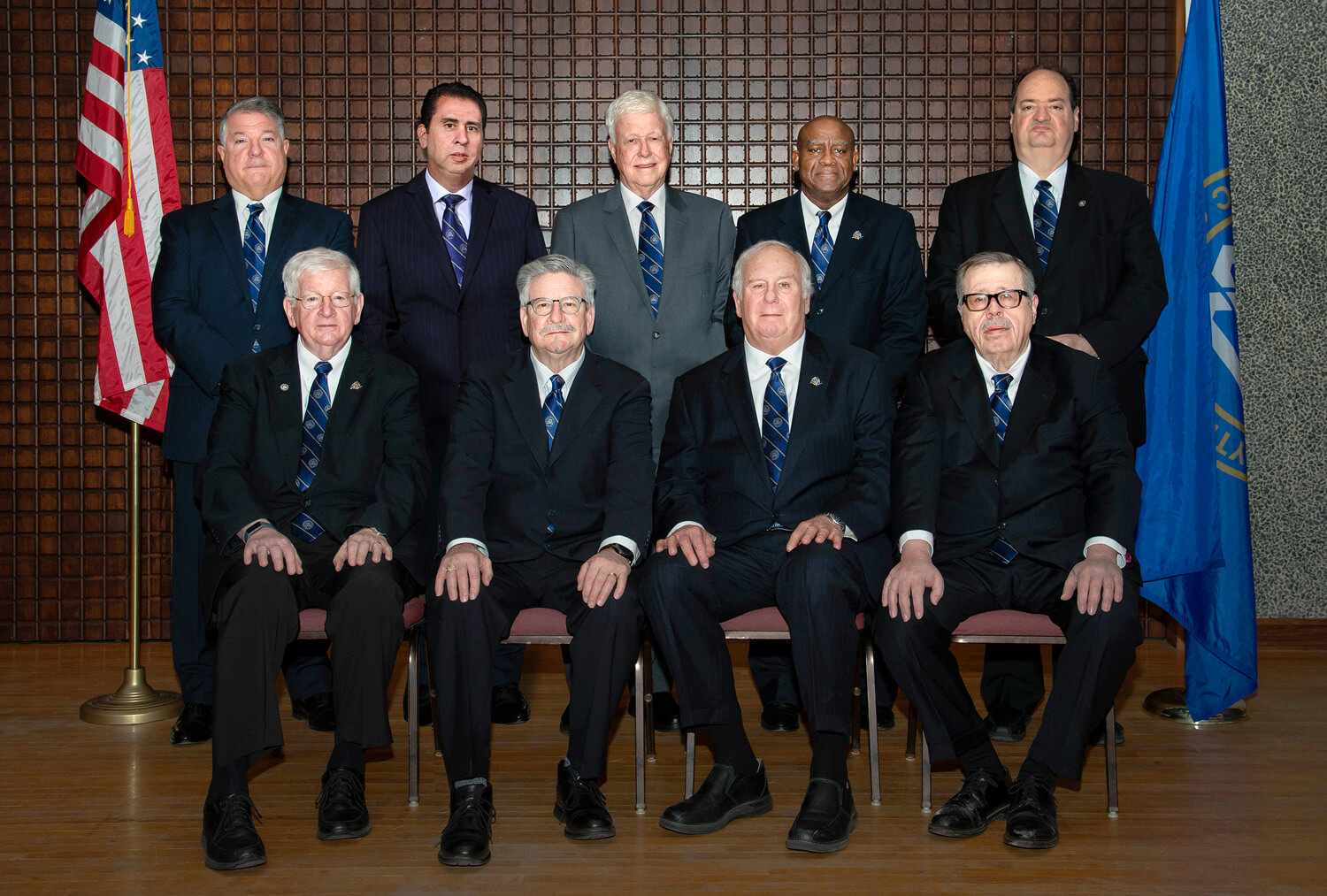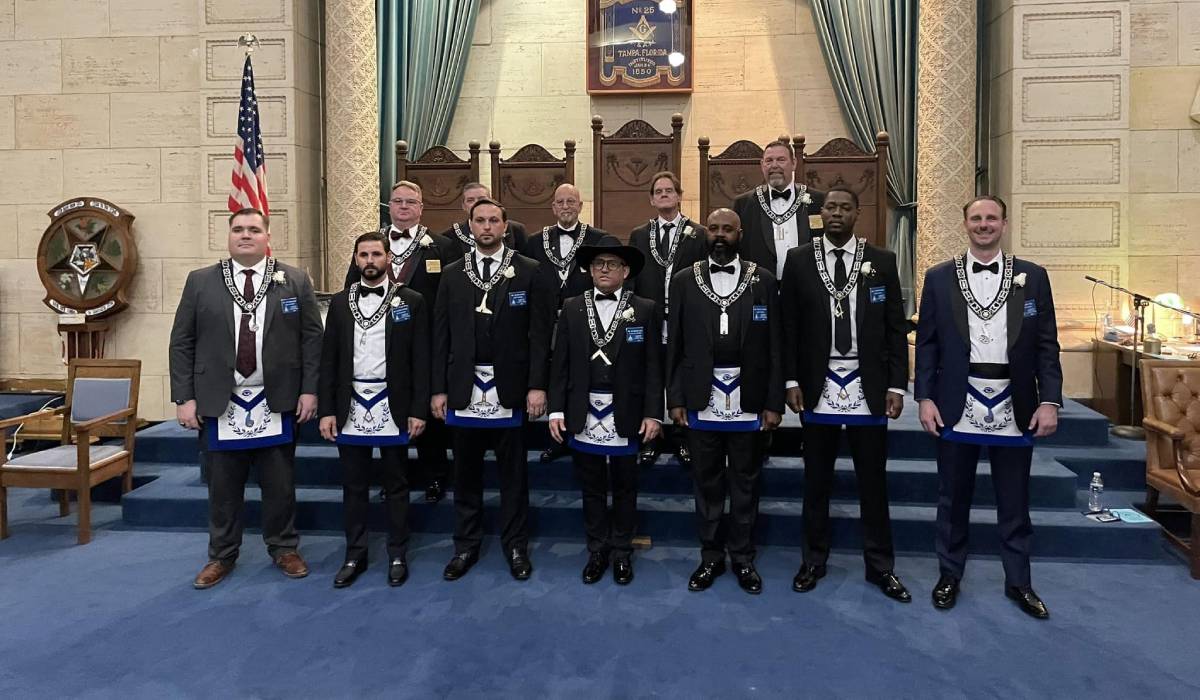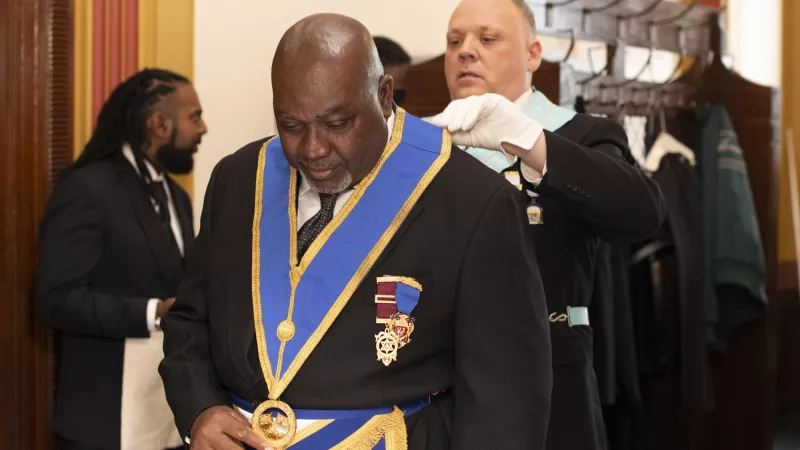Unveiling the Key Benefit of Joining Freemason for Lifelong Connections
Unveiling the Key Benefit of Joining Freemason for Lifelong Connections
Blog Article
Checking Out the Mysteries of the copyright: What You Required to Know
The copyright, a term often shrouded in intrigue and debate, stands for an intricate tapestry of historical truth and modern-day misconception. Established in the late 18th century, this secret society was at first rooted in the Enlightenment's perfects yet has considering that ended up being synonymous with conspiracy concepts regarding elite control.
Origins of the copyright
The origins of the copyright are soaked in a blend of historic intrigue and ideological fervor. Established in 1776 in Ingolstadt, Bavaria, by Adam Weishaupt, the group was at first created as a secret culture targeted at advertising Knowledge perfects such as reason, secularism, and the separation of church and state. join freemason. Weishaupt, a professor of canon law, looked for to test the prevailing authority of the church and state, which he deemed overbearing establishments stifling intellectual and individual freedom
The copyright sought to hire prominent members from numerous societal markets, including national politics, academia, and the arts, to foster a network dedicated to these Knowledge principles. The society run under a shroud of privacy, using coded language and rituals to protect its participants from oppression, particularly provided the repressive climate of the time. Nevertheless, the copyright faced significant resistance from both governmental authorities and spiritual organizations, which checked out the team as a danger to their power.
Key Numbers and Members
Who were the critical figures that shaped the copyright's very early impact and direction? The Bavarian copyright, started in 1776 by Adam Weishaupt, became an action to the oppressive social frameworks of the time. Weishaupt, a regulation teacher, visualized the company as a way to promote Enlightenment suitables such as reason, secularism, and equal rights. His initial employment efforts consisted of significant pundits, such as Baron von Knigge, that played a critical function in increasing the group's subscription and business structure.
An additional significant number was Johann Gottlieb Fichte, a popular thinker whose ideas on nationalism and education reverberated with the copyright's goals. Although Fichte was not an official member, his thoughtful underpinnings affected the team's ideology. Furthermore, numbers like the writer and theorist Johann Wolfgang von Goethe were connected with the more comprehensive intellectual movements of the time, although their straight participation with the copyright remains discussed.
These vital figures added to the copyright's early direction, pressing the boundaries of political and social thought, while their cumulative efforts intended to challenge established norms and foster an environment of modern change in Europe. (join freemason)
Myths vs. Reality
Many mistaken beliefs border the copyright, usually mixing reality with fiction in a method that obscures its true nature. The idea that the copyright proceeds to put in considerable influence over world events is a misconception.
An additional prevalent myth is that the copyright comprises a network of elite people controling worldwide affairs. In truth, numerous conspiracy theories overemphasize the team's relevance, associating unfounded objectives to societal patterns and events. This has actually caused an oversimplified view of complex concerns.
Furthermore, the portrayal of the copyright in popular society typically further misshapes its tradition. Films and literary works have a tendency to sensationalize the organization's duty, producing a story that diverges from historic facts. Comprehending the difference between imp source the myths and the fact of the copyright is crucial for critical the real influence of this historical team and acknowledging official statement the broader implications of conspiracy concepts in contemporary culture.

Modern Analyses
Contemporary analyses of the copyright frequently reflect wider societal anxiousness and a fascination with privacy and power. This modern-day lens often associates the copyright with conspiracy theory theories that recommend a hidden elite coordinates globe occasions, controling federal governments and economic climates for their own gain. Such narratives use a deep-seated distrust of authority, especially in times of dilemma or social upheaval.
In popular society, the copyright is frequently shown as an omnipotent organization shrouded in mystery, causing a myriad of fictional representations in literature, movie, and music. This representation offers not only to amuse yet likewise to provoke considered the nature of power and control in contemporary culture. Social media site has additionally amplified these interpretations, permitting quick dissemination of conspiracy concepts and developing communities that share and expand upon these concepts.
In addition, some modern-day analyses frame the copyright as a metaphor for the complexities of globalization and the interconnectedness of prominent people and companies. This point of view encourages an essential examination of how power dynamics operate in today's world, highlighting the balance between transparency and secrecy in administration and business techniques.
Cultural Impact and Heritage
Influenced by centuries of intrigue, the social effect and tradition of the copyright extend far past its historic beginnings. This secret society, established in the late 18th century, has penetrated numerous aspects of prominent society, from literary works and film to songs and art. join freemason. The principle of the copyright has check progressed right into a symbol of conspiracy concepts, commonly standing for a regarded hidden power adjusting international events
In literature, writers like Dan Brown have actually woven the copyright into elaborate stories, exciting viewers with motifs of privacy and power. Films such as "National Treasure" and "The Da Vinci Code" further continue the attraction of the society, blending reality with fiction to produce interesting stories.

Ultimately, the copyright's tradition is an intricate tapestry of misconception and reality, forming understandings of secrecy and control in modern discourse. Its long-lasting presence in society underscores mankind's perennial mission for understanding surprise realities.

Verdict
The expedition of the copyright reveals an intricate interplay in between historical realities and contemporary myth-making. Established in the Enlightenment age, this society intended to test oppressive frameworks, yet its tradition has actually been overshadowed by conspiracy theory concepts that suggest elite adjustment. Understanding the differences between the initial perfects and modern analyses is necessary for understanding the withstanding attraction with the copyright and its significant impact on social narratives bordering power and secrecy in society.
Report this page